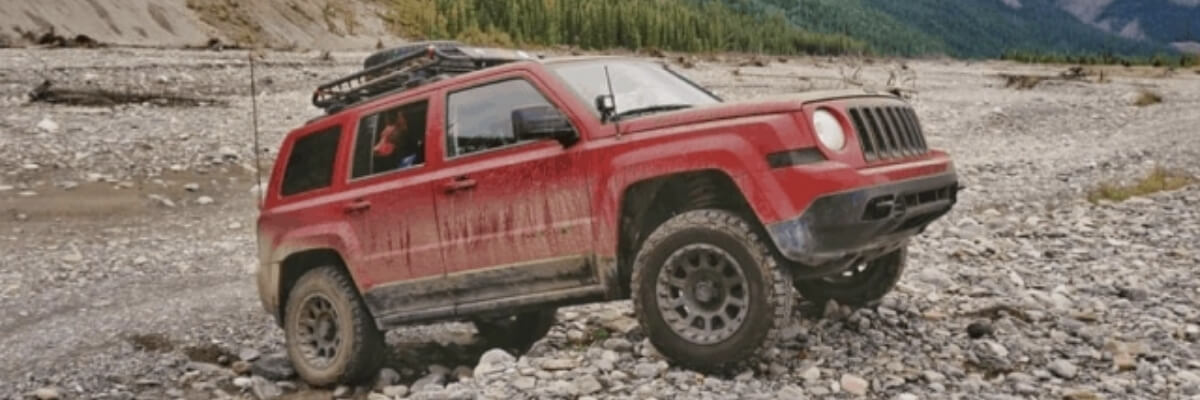
As a seasoned mechanic and proud owner of a Jeep Patriot, I take great pleasure in sharing my expertise about this iconic vehicle, particularly its 4×4 system. It’s this attribute that sets the Patriot apart from its rivals and encapsulates its off-roading prowess.
A Brief Overview of the 4×4 System
In essence, a 4×4 system is designed to deliver power to all four wheels of a vehicle simultaneously. This mechanism can drastically improve the car’s performance in off-road conditions or whenever additional traction is needed. But not all 4×4 systems are created equal. The one nestled within the Jeep Patriot is a perfect example of a system that surpasses the ordinary, and it’s known as the Freedom Drive.
Products are available — click below to view them!
SEE DETAILS ON EBAYThe Freedom Drive: A Breakdown
The Jeep Patriot comes with two types of four-wheel-drive (4WD) systems: Freedom Drive I and Freedom Drive II. Each is suited to specific types of driving conditions.
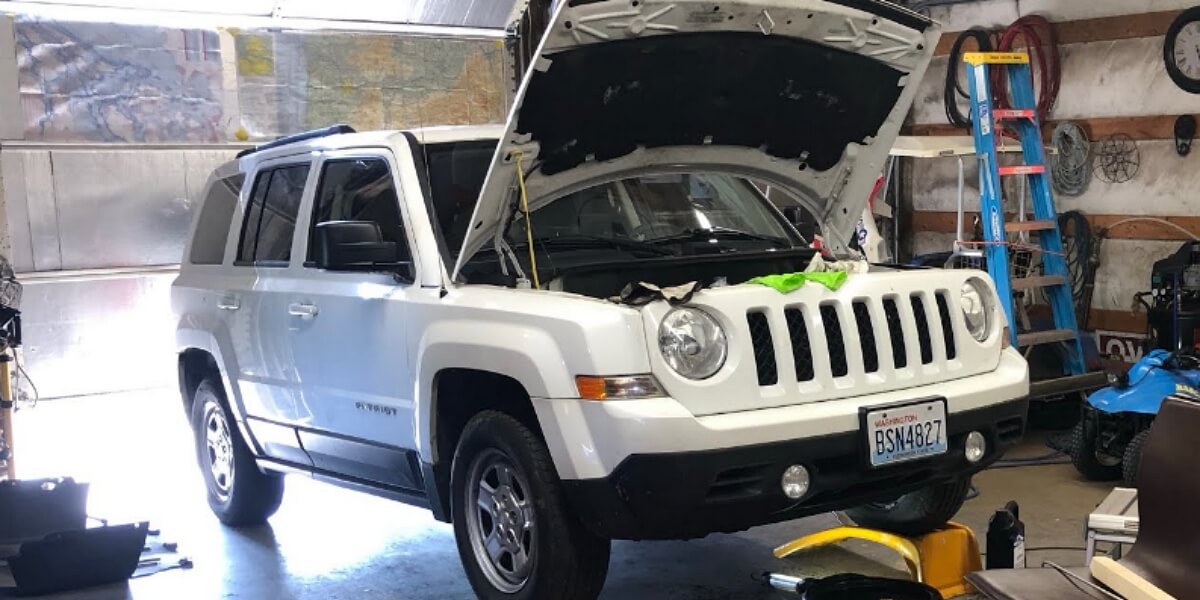
Freedom Drive I
Freedom Drive I is an active, full-time 4WD system that’s built for everyday driving and moderate off-roading. It delivers year-round traction and the ability to handle rough weather and low-traction conditions like snow or sand.
This system operates in a front-wheel-drive mode during normal driving conditions, providing optimal fuel efficiency. When the system detects wheel slip, it can transfer up to 60% of the torque to the rear wheels, ensuring you maintain traction.
Freedom Drive II
Freedom Drive II takes things up a notch. It’s an optional package that includes a continuously variable transaxle with a low range (CVT2L), which engages when the off-road mode is activated. This system is trail-rated and designed for more severe off-roading conditions.
When off-road mode is engaged, the system can send 100% of the torque to the rear wheels or whichever wheel has the most traction. It also includes a brake-lock differential system, hill descent control, and additional body sealing, allowing the Patriot to perform admirably in up to 19 inches of water.
Key Components of the 4×4 System
Now, let’s delve deeper into the major components of the Jeep Patriot’s 4×4 system.
- The Transfer Case. A key player in the 4×4 system is the transfer case. This unit splits the power coming from the transmission and directs it to both the front and rear axles through the front and rear driveshafts. In the Patriot’s case, this is handled by the CVT.
- The Driveshafts and Differentials. Driveshafts are the mechanisms that transfer the power from the transfer case to the vehicle’s wheels. Meanwhile, differentials are designed to allow the wheels to turn at different speeds, which is particularly useful when cornering.
- The Locking Differential. One of the features that make the Freedom Drive II package truly off-road capable is the brake lock differential. This system can detect when one wheel is spinning faster than the others (a sign that it’s losing traction) and apply the brake to that wheel. This action forces the differential to send power to the other wheel on the same axle that has more traction.
Maintaining Your 4×4 System
Regular maintenance of your 4×4 system is vital. Here are some things you should do:
- Regularly check and change the fluid in both differentials.
- Make sure your transfer case fluid is checked and changed at the recommended intervals.
- Listen for any unusual noises, and if you hear any, have your 4×4 system inspected immediately.
Preparation to Off-Road
Before you hit those rugged trails in your Jeep Patriot, it’s crucial to ensure that your 4×4 system is ready to take on the challenges. Begin by checking the fluid levels in your transfer case and differentials. These fluids play a crucial role in keeping your 4×4 system running smoothly by reducing friction and heat. If the fluids are dirty or at a low level, it’s time to get them changed. Remember, old or contaminated fluid can cause the components to wear faster and could potentially lead to failure.

Next, do a quick visual inspection of the undercarriage. Look for any visible damage to the transfer case, driveshafts, and differentials. Check for any leaks that could indicate a failing seal. If your Patriot is equipped with underbody skid plates, ensure they are securely fastened and free of significant damage. Don’t forget to inspect your tires as well. They should be in good shape with plenty of tread left, and inflated to the proper PSI. Taking these steps will not only ensure the readiness of your 4×4 system but also enhance your off-roading experience. Remember, a well-prepared vehicle equals a more enjoyable and safer off-road adventure.
Final Thoughts
The 4×4 system in your Jeep Patriot is an engineering marvel that adds significantly to the vehicle’s overall performance and off-roading capabilities. It is a tribute to Jeep’s commitment to creating vehicles that push boundaries and go where others can’t.
So, whether you’re cruising on highways, trekking through mountain trails, or navigating through snowy landscapes, you can rest assured that your Jeep Patriot’s 4×4 system has got your back. Happy adventuring!



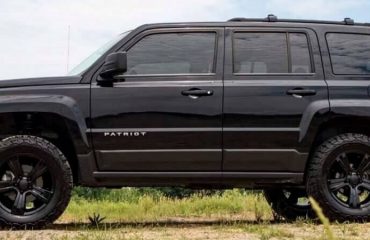

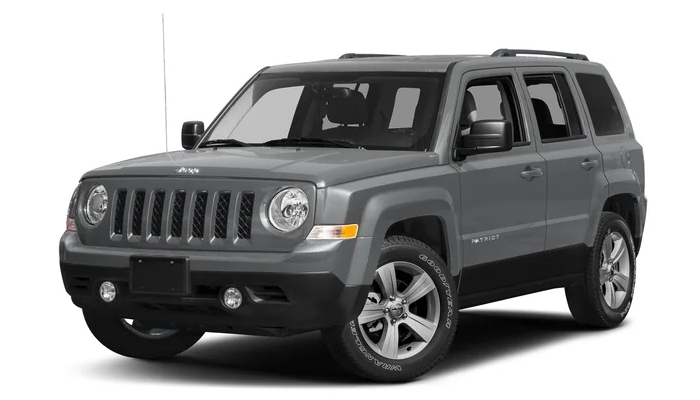
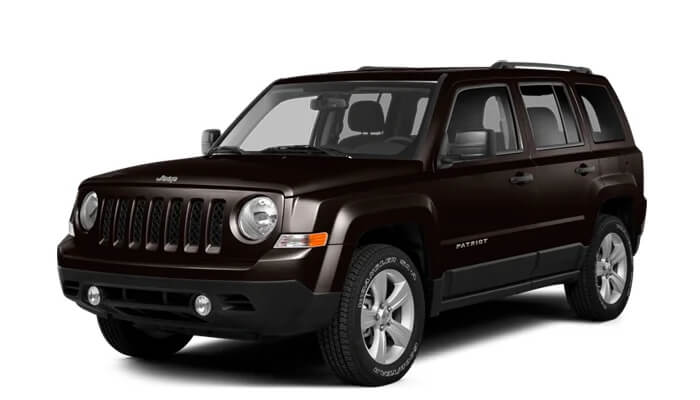
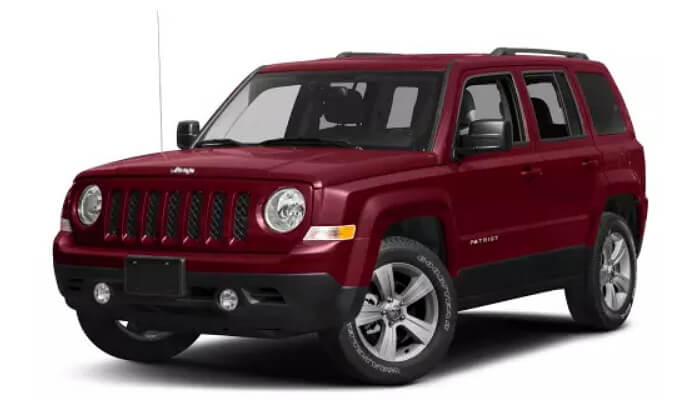
My 4 wheel light on dashboard is on all the time … the switch on the center consul does not turn it off .. i checked and the switch is not getting any power .. any ideas ??????
WHERE CAN IF FIND A WIRING DIAGRAM FOR JUST THE WIRING FOR THE 2015 4 WHEEL DRIVE SYSTEM